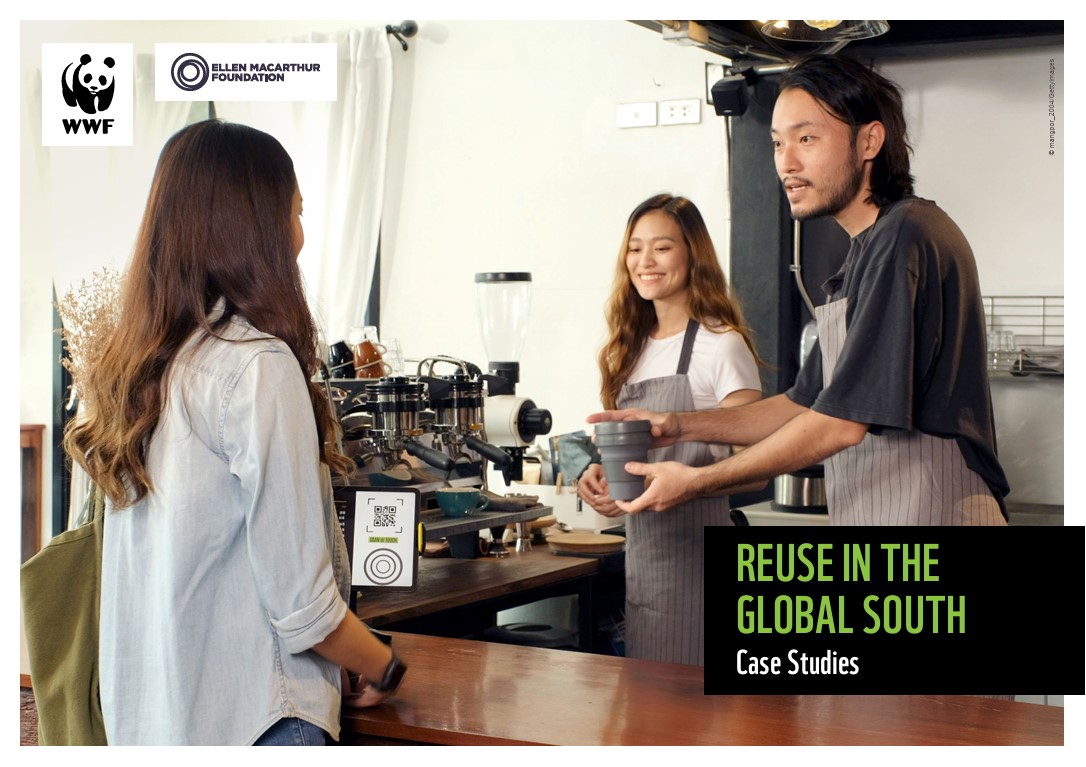Reuse is a critical lever in tackling global plastics pollution and contributes to tackling other environmental challenges. Moving from single-use to reuse models presents one of the biggest opportunities to reduce plastic pollution.1 It is estimated that moving to reuse models can reduce annual plastic leakage to the ocean by more than 20%2 while also significantly reducing virgin material use, greenhouse gas (GHG) emissions, and water consumption.

This report explores the possibilities for reuse in the Global South by showcasing how companies in this region have already started creating value with reuse models. Building on these foundations could avoid the negative impacts of single-use plastic applications and unlock the transformative potential of reuse in addressing plastic pollution.


